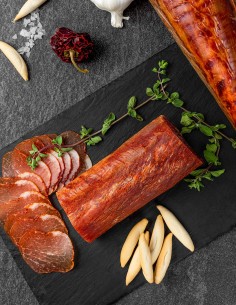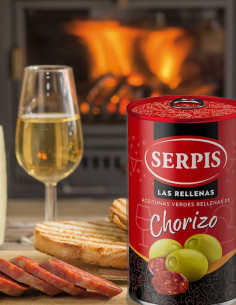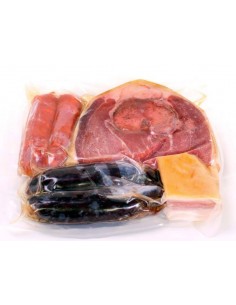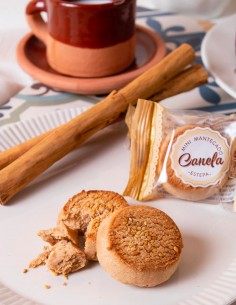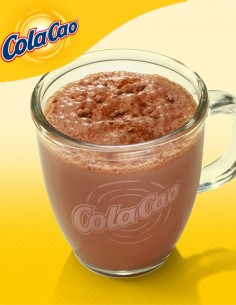Miel de Bosque Asturiano
There are areas where our beehives are located where the vegetation is varied, the resulting honey comes from the nectar of a great variety of different flowers, mainly from heather, chestnut and oak trees, not just a single predominant flower.
This product has the Protected Geographical Indication (PGI) seal Miel de Asturias and the Alimentos del Paraíso quality seal, with guaranteed geographical origin (Principality of Asturias) and certified quality.
ORGANOLEPTIC CHARACTERISTICS:
Color: Amber to dark amber.
Aroma: floral, intense and moderately persistent, with a clear woody component.
Taste: sweet, with salty notes. Some bitter component.
PRODUCTION AREA: Southwest Asturias: Allande, Cangas del Narcea, Ibias and Tineo.
- Weight
- 14.46oz/410g
Customers who bought this product also bought:













